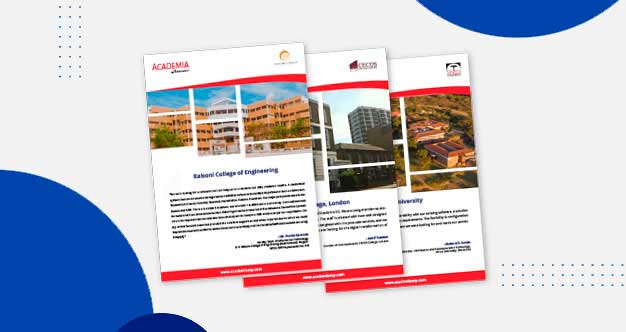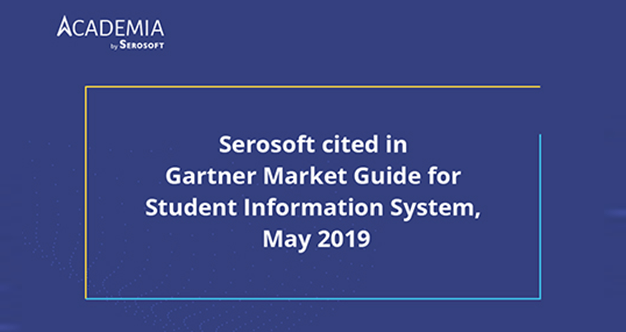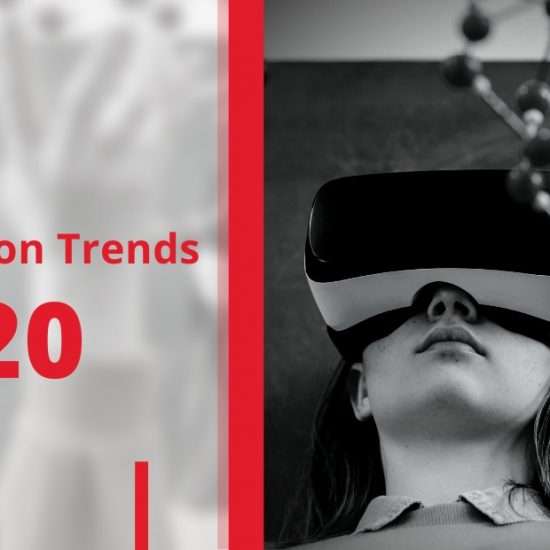4 Reasons Why 5G is a Game Changer For the Education Sector
As the world announces to go 5G bound, every industry in the world is busy paving the way for it to be used in the segment. 5G, or fifth-generation wireless, is a new iteration in cellular technology that is said to bring great speed and responsiveness into wireless networks. This means the world is ready to go wireless in the truest sense, and virtual reality will take over.
With so many things being said and stipulated around technology, we also have some speculations about technology usage in the education industry.
How is 5G different from 4G?
To start with, 5G will take the internet experience to the next level. It is on a new level, even though both 4G and 5G are wireless technologies. Latency, i.e., the delay between sending and receiving the information, is very low in 5G technology. Hence, faster delivery and seamless experience using gadgets, software, digital tools, etc.
With an extremely low latency rate, 5G technology would allow faster educational delivery and make the user experience more immersive while using a variety of educational technologies. In comparison, a 5G cell tower can hold and support about 10 times more devices than a 4G cell tower. This will completely change the education landscape with greater bandwidth that supports superior communication over larger distances.
How is 5G going to transform the education industry?
Generally speaking, 5G can improve the quality of video conferencing, add haptic response capabilities, improve the immersive learning experience and allow educators to use VR and AR in the classrooms. Along with it, it would support a higher degree of personalization. Here are 4 ways in which 5G will be a game changer in the education industry.
- Improved interaction between teachers and students.
If you are using any conferencing application such as Zoom or Google Meet, you are likely to experience lags and breaks in the connectivity. This negatively impacts education delivery in an online or hybrid learning environment. But with 5G, there is very little chance you would face such a problem.
During online classes, you would not be required to wait for the program to load and reconnect, and hence would make connectivity between teachers and learners even easier. It would improve the knowledge retention of a student better in an online learning setup, would keep them engaged with the curriculum, and is likely to increase their participation.
Similarly, students could download videos and learn material faster, and cool technology such as holograms, VR, AR, etc., can be effectively incorporated into the classrooms.
- It Brings in an immersive learning experience
Although online learning in the devastating times of COVID-19 indeed became a saviour, it still had some limitations. Skill transfer, lab work, hands-on experience, and related activities were outside the scope of online learning tools. For this, extra tactile stimulation is required to offer the equivalent learning experience online as in real-life.
With 5G, technologies such as AR and VR can provide an immersive classroom experience and allow students to explore complex concepts through zooming, pinching, and touching. Tools that can stimulate haptic responses (feeling of touch, motion, or interaction with physical objects) to introduce a variety of learning tools into the classroom other than traditional video conferencing that can increase student experience and engagement.
- Personalized learning experience
The one-size-fits-all concept is ceasing in the education industry. Education authorities worldwide are realizing the power of technology and its capacity to provide highly personalized experiences to students. With 5G just around the corner, it is likely to improve personalization by creating intelligent systems. These systems would constantly analyze the student’s behavior and give near-accurate reports about his unique abilities, learning styles, preferences, and other attributes.
Another trend that has been brought to reality with 5G technology is virtual teaching assistants. Which can assist a student in learning and provide a personalized experience as per their performance analysis and preferences.
- Access to knowledge and education
5G will likely democratize education. With technology, education would become more accessible and become more inclusive, and affordable. Hence, making education more equitable and accessible to the socially and economically weaker sections of society.
Wrapping Up
Although the true potential of the technology can only be realized once it becomes accessible to the world, these are the 4 things that are surely going to change in the education industry with 5G technology. For more interesting information such as this, stay tuned and subscribe to our newsletter.
 Higher Ed Plans
Higher Ed Plans K12 Plans
K12 Plans







